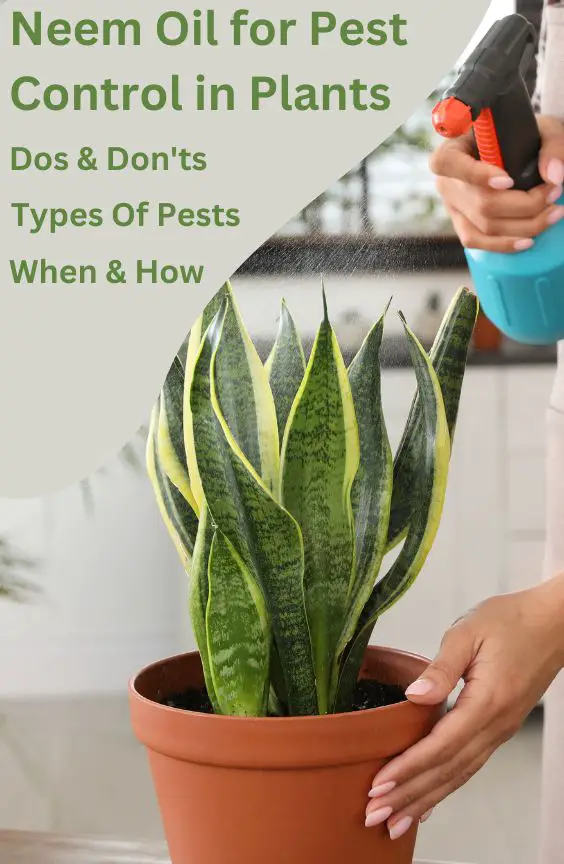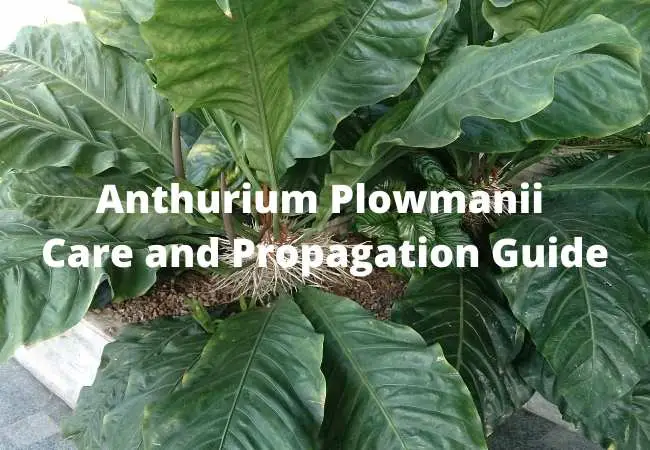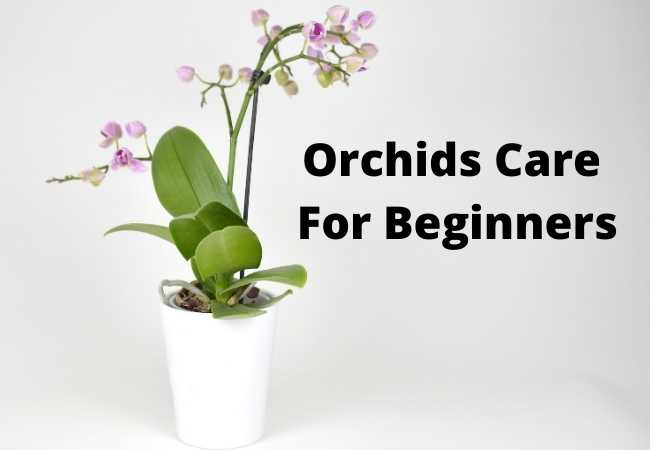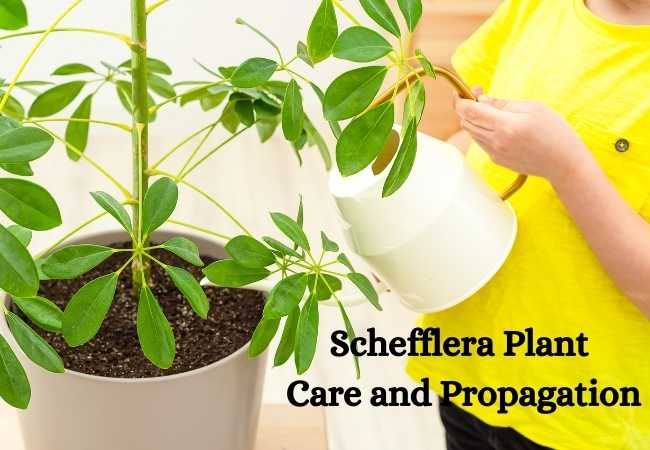Neem Oil for Pest Control in Plants
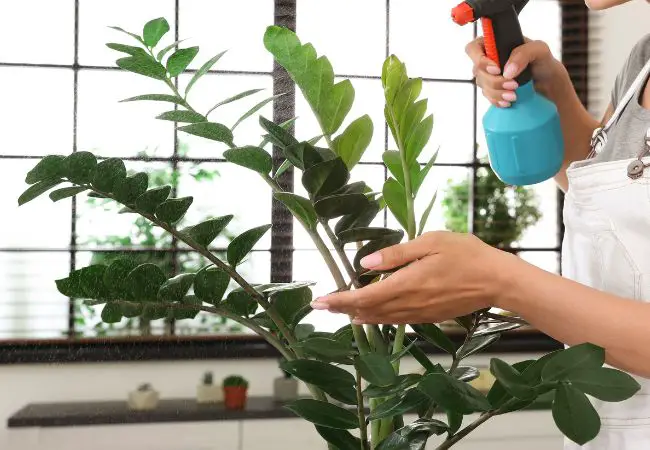
How to use neem oil for pest control in plants. I have used neem oil for many years and had great results, especially for controlling bugs on house plants.
If your plants have ever been attacked by pests, then you know how crucial pest control is to ensure that the plants stay alive.
Neem Oil for Pest Control in Plants
While chemical pesticides have long been the go-to solution, the adverse effects they pose on the environment and beneficial organisms call for alternative approaches.
Neem oil, derived from the seeds of the neem tree, offers a natural and eco-friendly option for controlling pests in plants.
In this post, I will explore the properties, benefits, application methods, and precautions associated with using neem oil for pest control.
Understanding Neem Oil
Neem oil is a versatile substance containing various active ingredients that contribute to its pest control properties.
The primary components of neem oil are azadirachtin, nimbin, and salannin, which exhibit potent effects against pests.
Azadirachtin, in particular, disrupts the feeding and reproduction of insects, inhibits their growth, and acts as a repellent.
Targeted Pests and Common Problems
Neem oil effectively combats a wide range of insect pests commonly encountered in gardens and plantations. Aphids, spider mites, whiteflies, and mealybugs are just a few examples of pests susceptible to neem oil’s control.
Each pest responds differently to neem oil, with some being repelled, while others experience growth disruption or reduced reproductive capabilities.
Additionally, neem oil exhibits antifungal properties, making it effective against common fungal diseases such as powdery mildew and black spot.
Neem Oil Application and Usage
To harness the benefits of neem oil, proper application techniques are essential. Diluting neem oil according to the manufacturer’s instructions is crucial to ensure effectiveness and avoid any adverse effects.
Neem oil can be applied as a foliar spray, coating the plant’s leaves and stems, or as a soil drench, targeting pests in the root zone.
The timing and frequency of neem oil treatments depend on the specific pest or disease being targeted.
For preventative measures, regular applications may be necessary, while curative treatments focus on addressing existing infestations.
Benefits and Advantages of Neem Oil
One of the significant advantages of neem oil is its effectiveness in pest control while posing minimal harm to the environment.
Neem oil is biodegradable and has low toxicity, ensuring it breaks down naturally without leaving harmful residues.
Furthermore, neem oil is selective in its action, sparing beneficial insects such as bees and ladybugs, which play crucial roles in pollination and natural pest control.
This makes neem oil an excellent choice for maintaining the ecological balance in your garden or agricultural setting.
My Success Stories
I have gardened for many years and neem oil has saved so many of my plants. Numerous gardeners and farmers have experienced success using neem oil for pest control.
One example I can remember is how neem oil saved my rose bushes. My rose bushes were attacked by aphids that were relentless. I applied neem oil regularly for a few weeks.
Soon after, the aphid population decreased and eventually died off allowing my roses to thrive and become healthy again.
I have also managed to control other plant bugs demonstrating the effectiveness of neem oil across different plant species and pest types.
Precautions and Considerations
While neem oil is generally safe to use, some precautions should be taken to ensure optimal results. Some plant species may exhibit sensitivity to neem oil, so it is advisable to perform a spot test on a small area before applying it extensively.
Additionally, neem oil should not be applied during hot weather or under direct sunlight, as it may cause leaf burn. Proper handling and storage of neem oil are also essential to maintain its efficacy and prevent contamination.
What Plants Not to Use Neem Oil On
Japanese Maples: Japanese maples can be sensitive to neem oil, especially when applied in high concentrations. It is best to avoid using neem oil on these plants.
Delicate or Fragile Plants: Some delicate or fragile plants, such as ferns, orchids, and some succulents, may not tolerate neem oil well. It is advisable to test a small area of the plant before applying neem oil to the entire plant.
Young or Newly Established Plants: Young or newly established plants may be more sensitive to neem oil. It is best to wait until the plants have matured and established a stronger root system before using neem oil.
Plants in Direct Sunlight or High Temperatures: Applying neem oil to plants during hot, sunny weather can increase the risk of leaf burn or other damage. It is best to apply neem oil in the early morning or late evening when temperatures are cooler.
Edible Plants: If you plan to use neem oil on edible plants, it is crucial to use a neem oil product specifically labeled for use on edible crops. Some neem oil formulations may not be safe for consumption.
Alternatives and Complementary Approaches
While neem oil is a powerful pest control tool, incorporating it into an integrated pest management (IPM) strategy can enhance its effectiveness.
IPM strategies combine multiple approaches to pest control, reducing reliance on any single method.
Neem oil can be complemented with cultural practices such as regular pruning, proper plant spacing, and removing infected plant material to prevent pest infestations.
Additionally, introducing beneficial insects like ladybugs, lacewings, or predatory mites can further enhance natural pest control in conjunction with neem oil.
It’s worth noting that neem oil is not the only natural pest control option available.
Essential oils derived from plants like peppermint, rosemary, and garlic have shown effectiveness against certain pests. Botanical extracts such as pyrethrum and rotenone are also commonly used in organic gardening for pest control.
However, it is important to carefully consider the potential environmental impact and safety of these alternatives before using them.
Neem oil offers a natural and eco-friendly solution for pest control in plants. Its diverse range of active ingredients provides effective control against insect pests and fungal diseases while being safe for beneficial organisms and the environment.
Proper application methods, including foliar sprays and soil drenches, coupled with appropriate timing and frequency, can maximize the efficacy of neem oil treatments.
However, it is crucial to perform spot tests and consider precautions to avoid any potential phytotoxicity and ensure the well-being of plants.
Final Thoughts on Neem Oil
As we strive for sustainable and environmentally friendly gardening practices, neem oil presents a promising alternative to conventional chemical pesticides.
I incorporate neem oil into my integrated pest management strategies and explore complementary approaches, to promote a healthier and more balanced ecosystem within my gardens.
I like embracing these eco-friendly alternatives, to protect my plants, preserve biodiversity, and contribute to a greener and more sustainable future for our planet.
I hope this post on how to use neem oil for pest control in plants was helpful and you get to try it out. Please follow me on Multigardening Pinterest for more awesome gardening posts.
